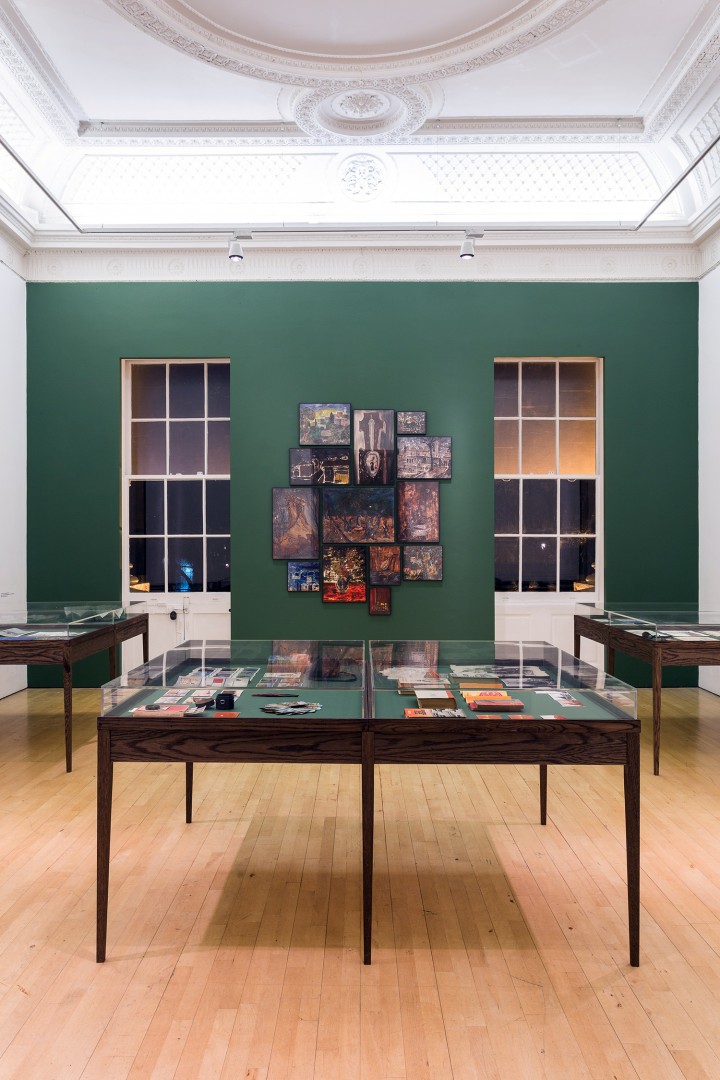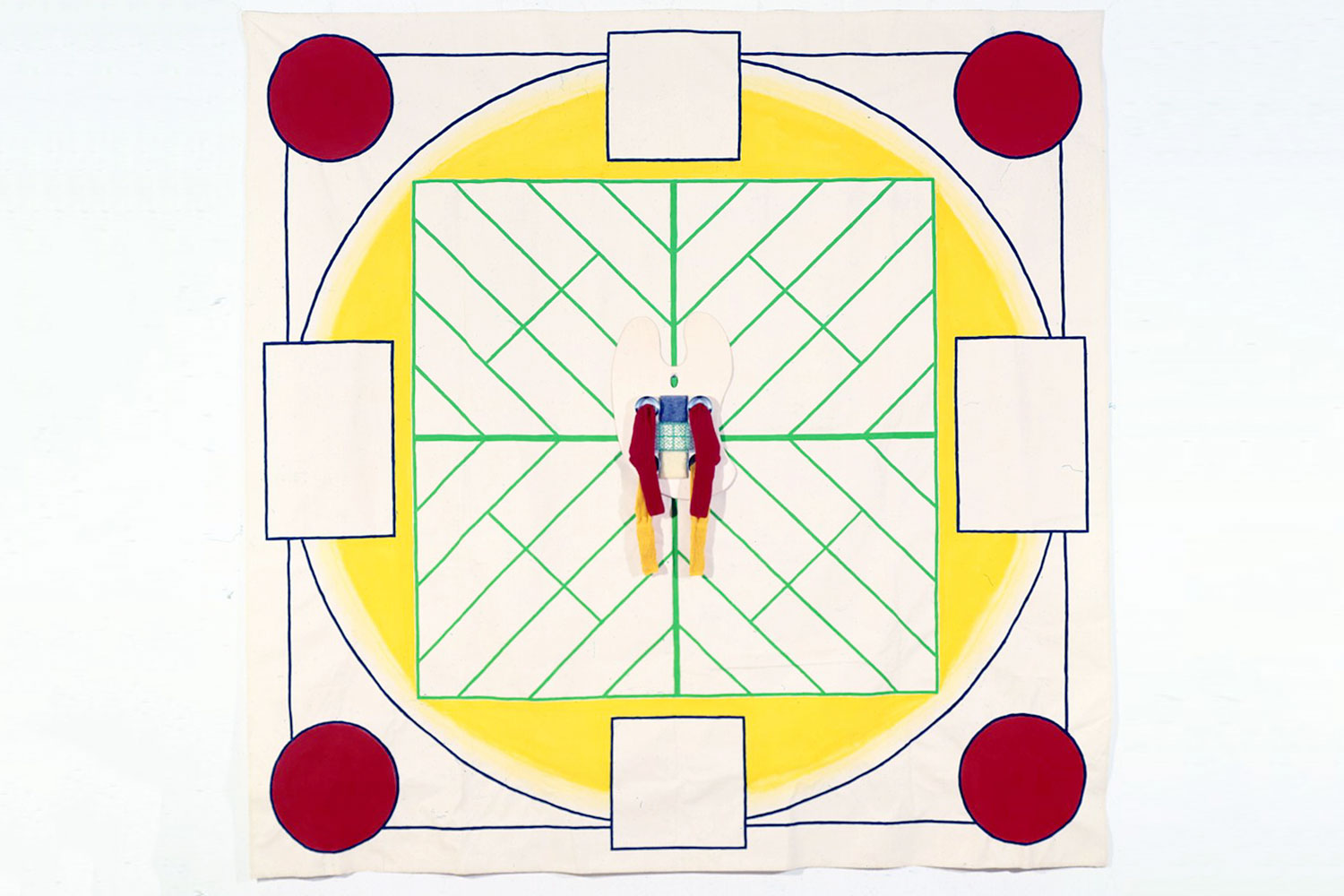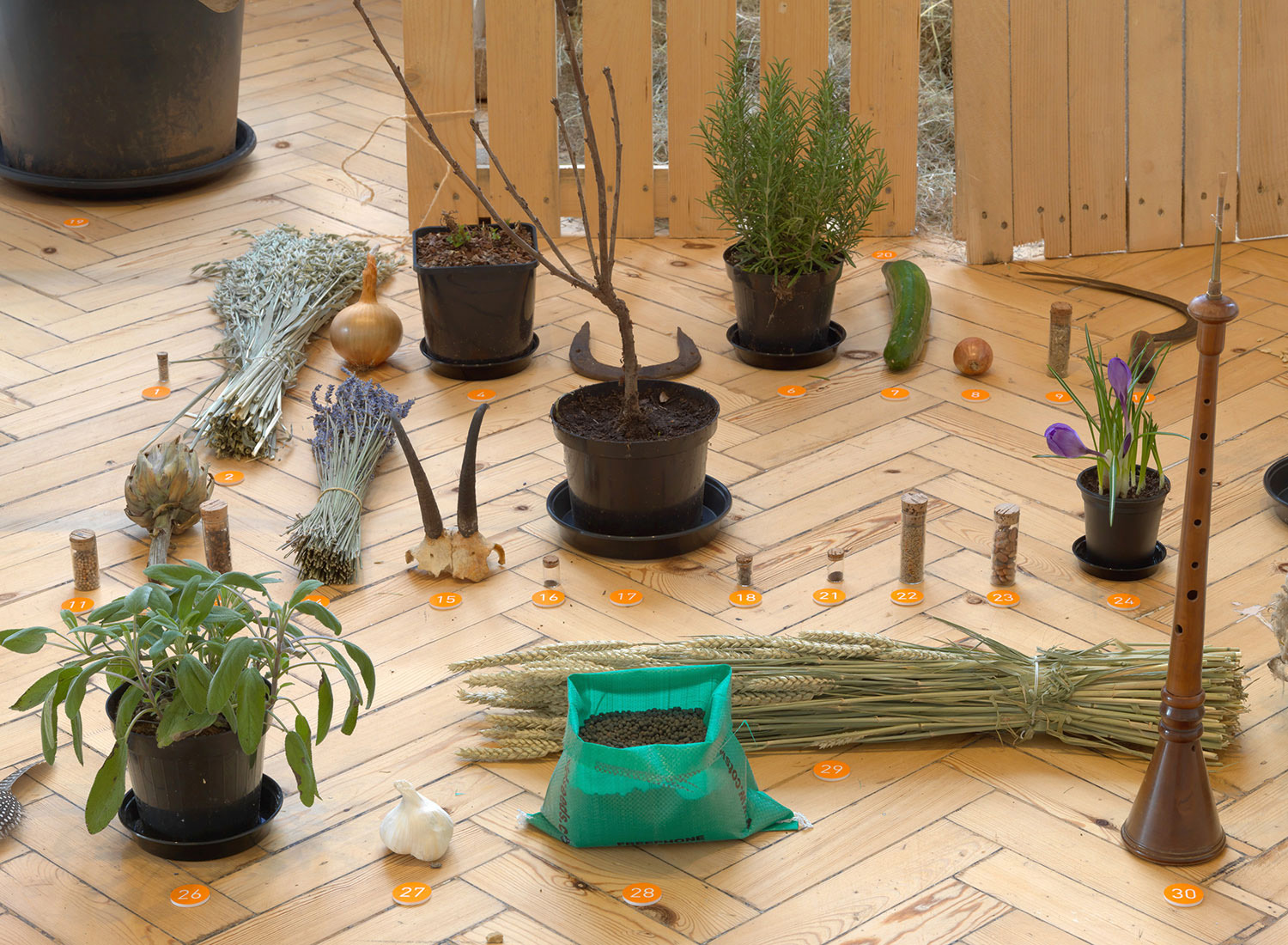The Sick Man of Europe: The Painter is the first part of Dor Guez’s five-part international project that explores the military history and politics of several Middle-Eastern countries, tracing stories of artists-turned-soldiers in different past wars. This ICA exhibition focuses on painter D. Guez. The biographical and historic-political research regarding this painter is integral to the artist Dor Guez’s practice and his Christian Palestinian Archive (a corpus of digitized imagery). Guez presents a new installation of the painter’s informal archive, including diverse 1970s objects (landscape postcards, personal letters, books, tape recordings of D. Guez’s war experiences, original paintings and drawings) that are encapsulated in vitrines, referencing both a retro aesthetic and museological display. The archival materials highlight two major narratives: the October 1973 Yom Kippur War — a significant war in Israeli history and collective memory; and D. Guez’s 1970s art and war experiences — both interwoven in the painter’s life story.
Guez “intervenes with” the painter’s original works, producing “scanograms,” appropriated images made of multiple scans revealing the authentic works’ internal layers. One scanogram shows an oud (an Arabic stringed instrument) on a chair. This image recurs in the video The Sick Man of Europe: The Painter (2015); the oud’s sound and image accompany a Tunisian folktale the painter narrates. The video PE (Prolonged Exposure) 2015 presents a close-up of the instrument’s meditative geometric rotating patterns while in the background one hears the painter’s war experiences in psychiatric sessions. The oud is an important cultural signifier in the painter’s past and present, given his Tunisian origins and marriage to a Christian Palestinian. Intentionally played in a Western fashion, the oud also represents Israel as a Western transplant amid a mix of Middle-Eastern cultures.
Delving into Yom Kippur War–related archival materials and psychiatric sessions, Guez highlights links and disparities between Israel’s official war narrative and the painter’s personal narrative of his wartime experiences. Although the war has produced volumes of analysis and criticism, Dor Guez’s contribution is his continuing focus on the narratives and complexities relating to the minority Christian Palestinian community in a Jewish state.



